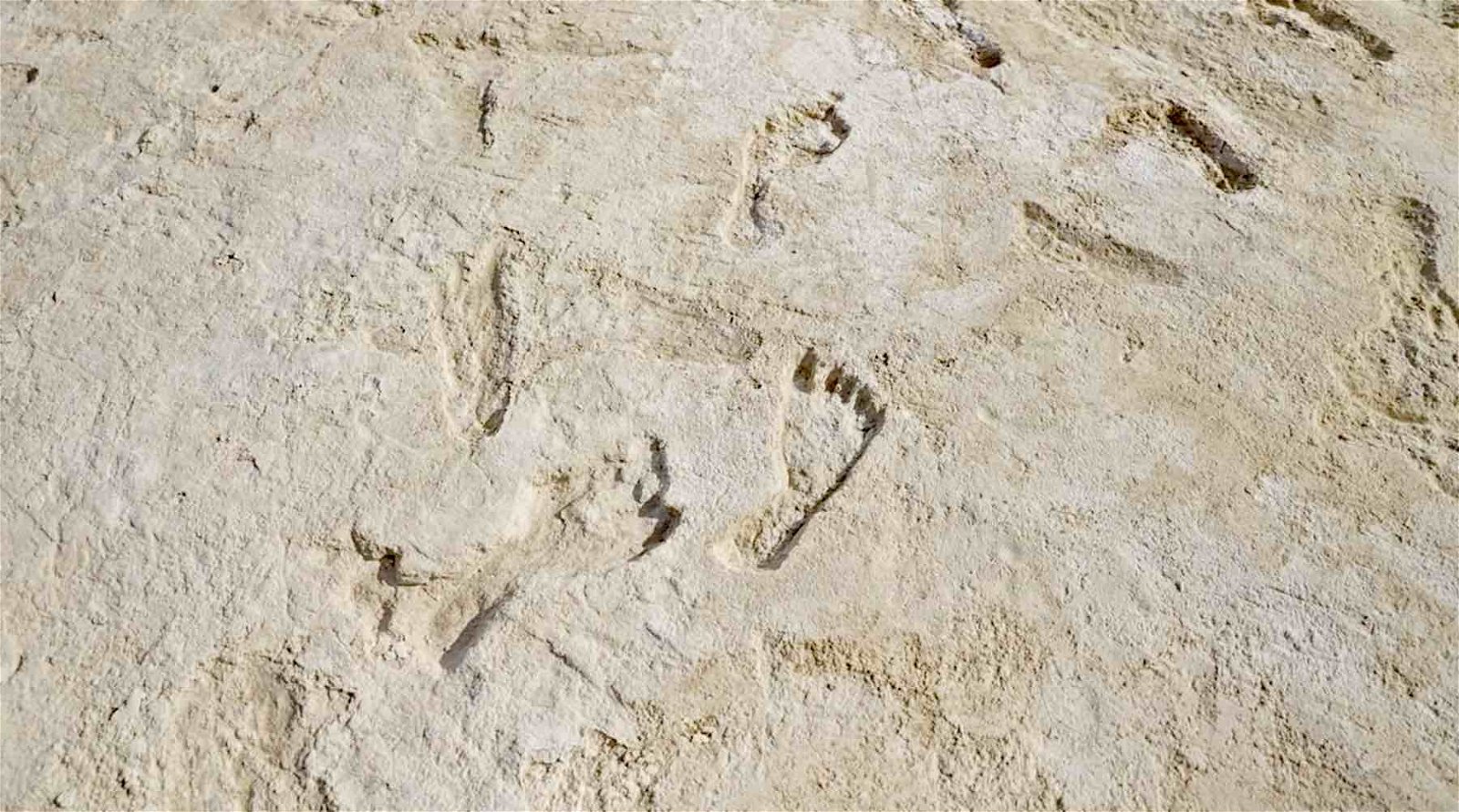New research has confirmed a series of fossil human footprints preserved at White Sands National Park, New Mexico, are between 21,000 and 23,000 years old, reaffirming past studies that extended the timeline for the earliest human arrivals to North America.
The footprints, which preserve evidence of the presence of ancient humans during the Last Glacial Maximum, were previously revealed to have dated as far back as 23,000 years by researchers with the U.S. Geological Survey in late 2021. The findings seemingly indicated that humans lived alongside several North American megafauna species for many millennia before their mass extinction toward the end of the Pleistocene.
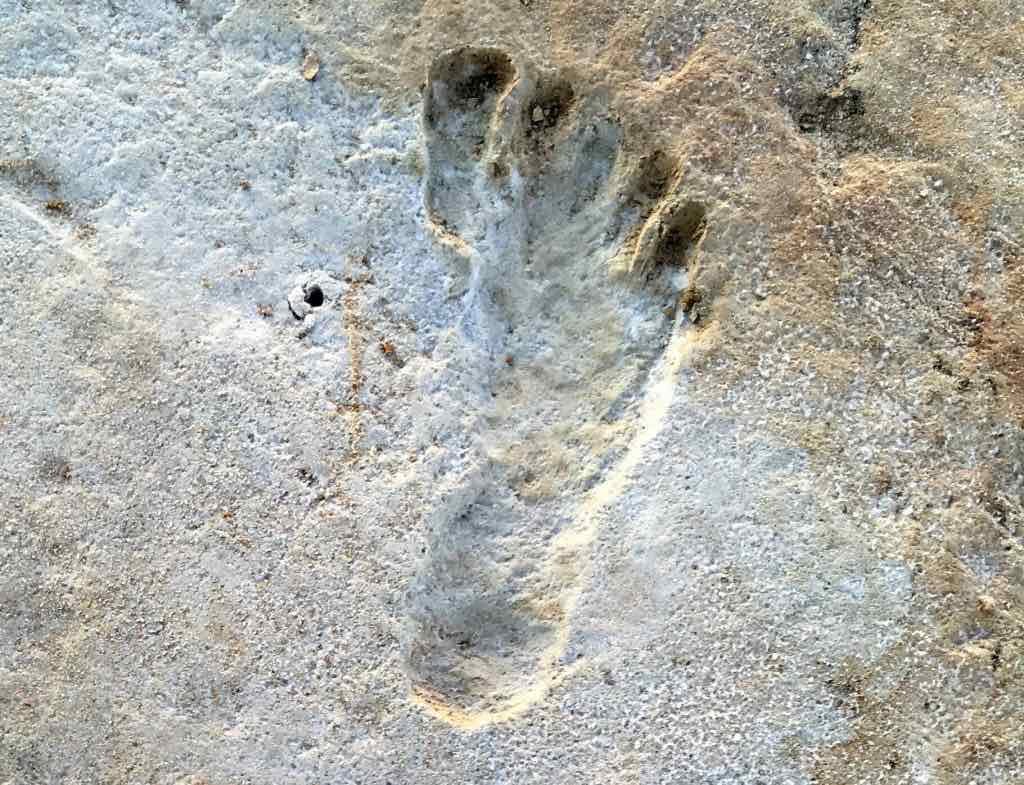

The new findings, which appeared in a study published in the journal Science, confirm the 2021 research with the help of two independent research approaches that both yielded the same range of dates as the earlier findings.
A Controversy Millennia in the Making
For many decades, it was believed that no humans had been present in the Americas any earlier than around 13,000 years ago. This view resulted from discoveries of fluted projectile points in situ alongside extinct megafaunal remains first in the late 1920s near Folsom, New Mexico, and shortly thereafter at Clovis, New Mexico.
The discoveries, which led to the recognition of the Folsom and Clovis type sites and their respective techno-cultural complexes, upended years of previous thinking by American anthropologists, which held that humans had arrived no earlier than 3000-4000 years ago. To the contrary, the discoveries at Folsom revealed that humans had thrived in the area between 10,900 and 10,300 years ago, with the discoveries at Clovis that followed pushing that timeline even further back to around 13,000 years ago.
Discoveries would continue during the later decades of the 20th century that extended the timeline of human arrivals even further back, leading to what, at first, had been controversial assertions that earlier than Clovis arrivals in the Americas were apparent. Over time, the accumulation of such discoveries at American archaeological sites removed any further doubts that people had migrated into North America at least as far back as 16,000 years ago.
However, additional discoveries made in the first decades of the 21st century have pointed to even earlier arrivals, which, much like their counterparts from decades past, have led to controversies in the archaeological world. Not least among these controversies had been the 2021 dating of the fossil footprints at White Sands, which would seemingly indicate a human presence in North America as much as 10,000 years earlier than the people whose ancient presence was first discovered in the sands of the American Southwest almost a century ago.
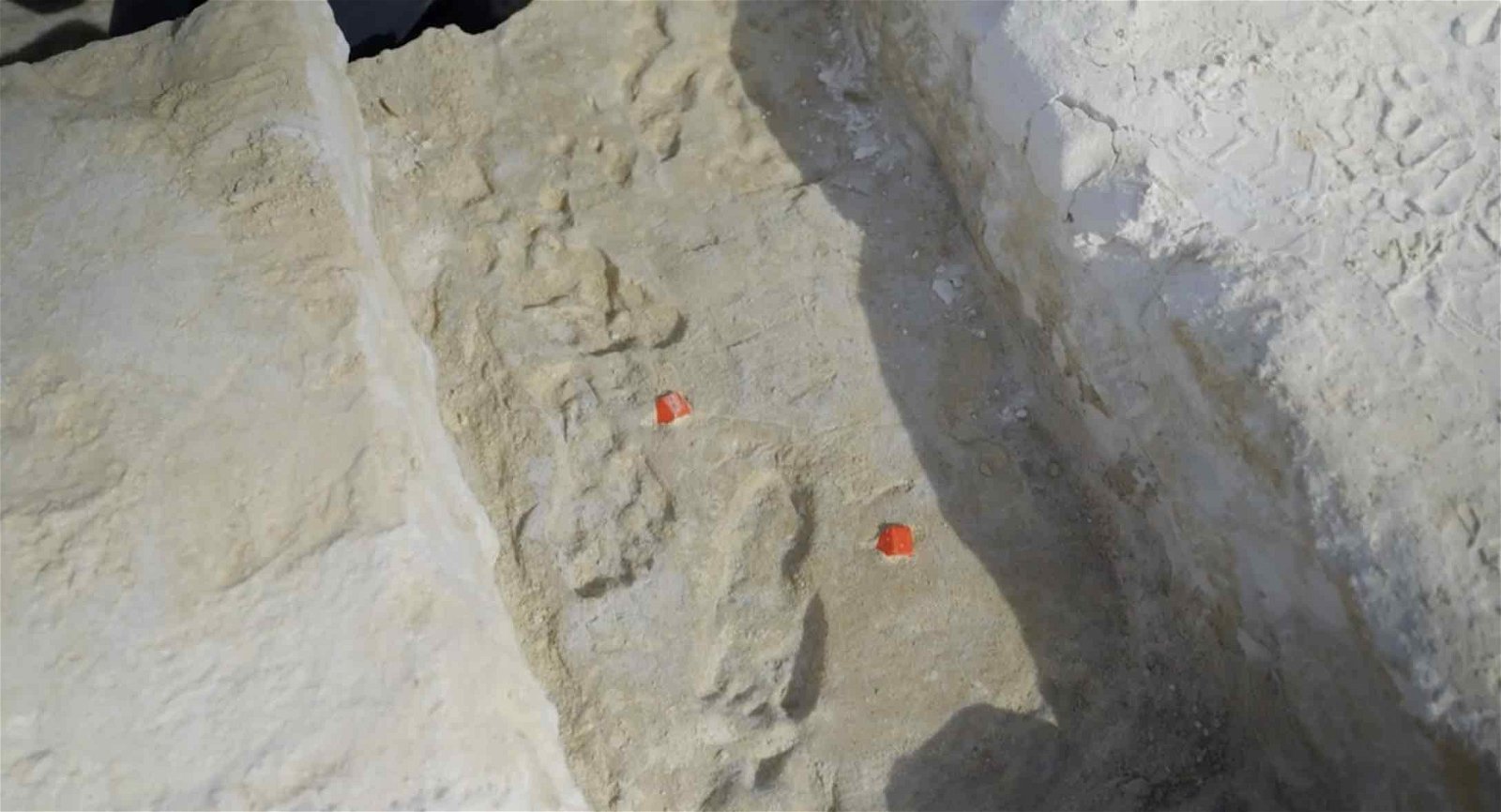

Footprints in the Sands of Time
USGS research geologist Jeff Pigati, co-lead author of the new study on the White Sand fossil footprints, says that he and his colleagues initially saw a significant amount of pushback on their findings.
“The immediate reaction in some circles of the archeological community was that the accuracy of our dating was insufficient to make the extraordinary claim that humans were present in North America during the Last Glacial Maximum,” Pigati said in a statement. “But our targeted methodology in this current research really paid off.”
The original ages of the footprints were obtained using radiocarbon dating that relied on spiral ditchgrass (Ruppia cirrhosa) seeds that were found within the impressions. While the dating of the samples had been valid, some researchers argued that they could have been misleading since aquatic plants sometimes bring in carbon atoms from the water around them, which might have yielded ages far older than the seeds found in the footprints.
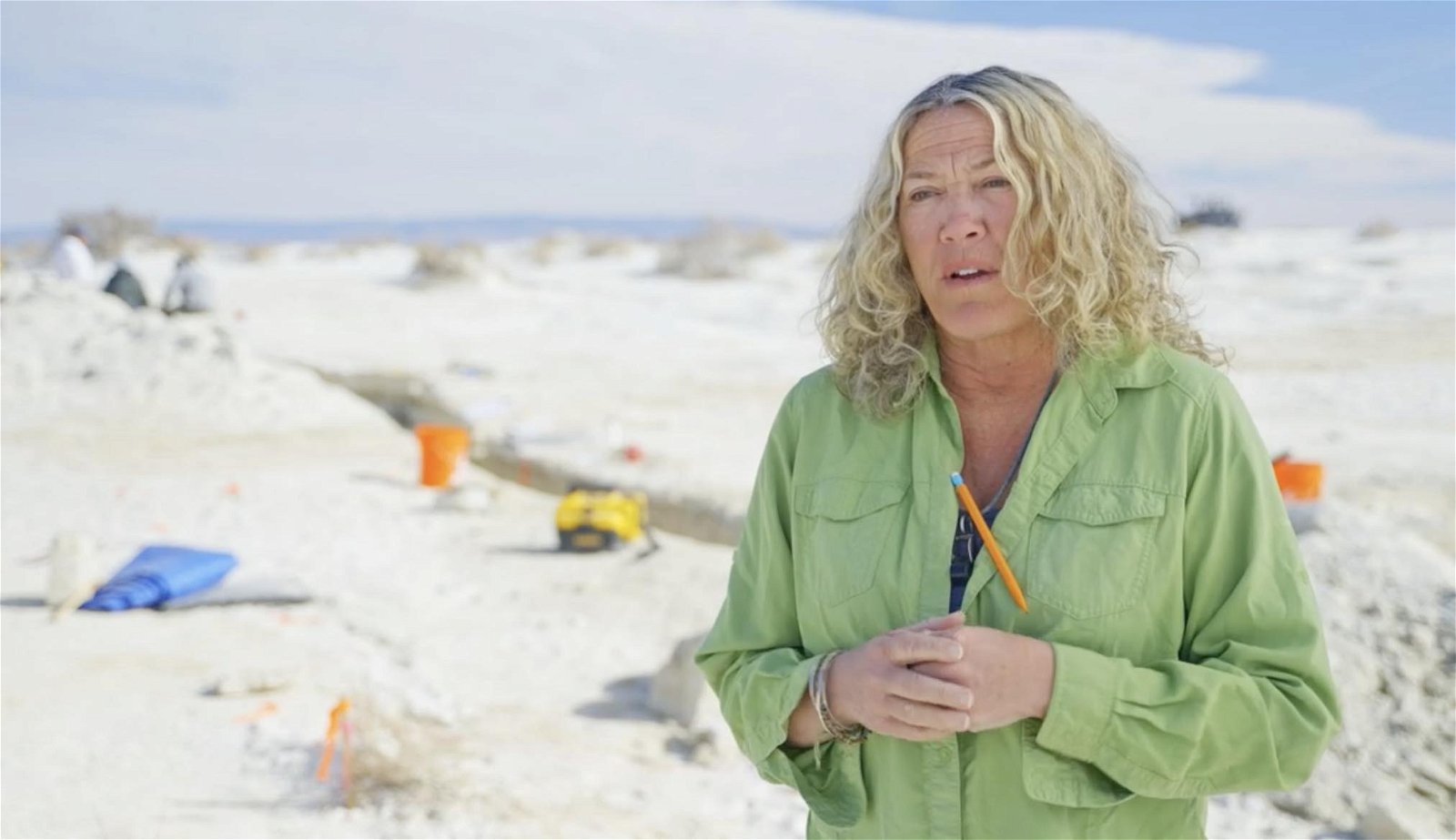

Although the dates acquired in the 2021 study had seen additional evidence from stratigraphic, geologic, and hydrologic sources, the team knew an independent chronological control for the study would still be vital in the confirmation process, according to Kathleen Springer, a USGS research geologist and also one of the paper’s co-lead authors.
New Sources of Pollen, Same Radiocarbon Dates
In the more recent study, radiocarbon dates were obtained from pollen associated with conifers, which removed the possibility that “spikes” may be present in the carbon, as had been suspected of the aquatic plant seeds used in the earlier study.
New batches of samples were collected, and for each one, the research team isolated close to 75,000 pollen grains that were extracted from the same layers that the original seeds had been found. Once the new radiocarbon dates were compared, the newly tested pollen samples were found to be statistically identical to the seed ages from the 2021 study.
Study co-author David Wahl, a research geographer with the USGS, said the pollen samples the team examined helped them to place the footprints into their broader context in terms of the ancient environment in which they were made, all of which pointed to the harsh characteristics of the Pleistocene environment any ancient Americans dwelling there at the time would have faced.
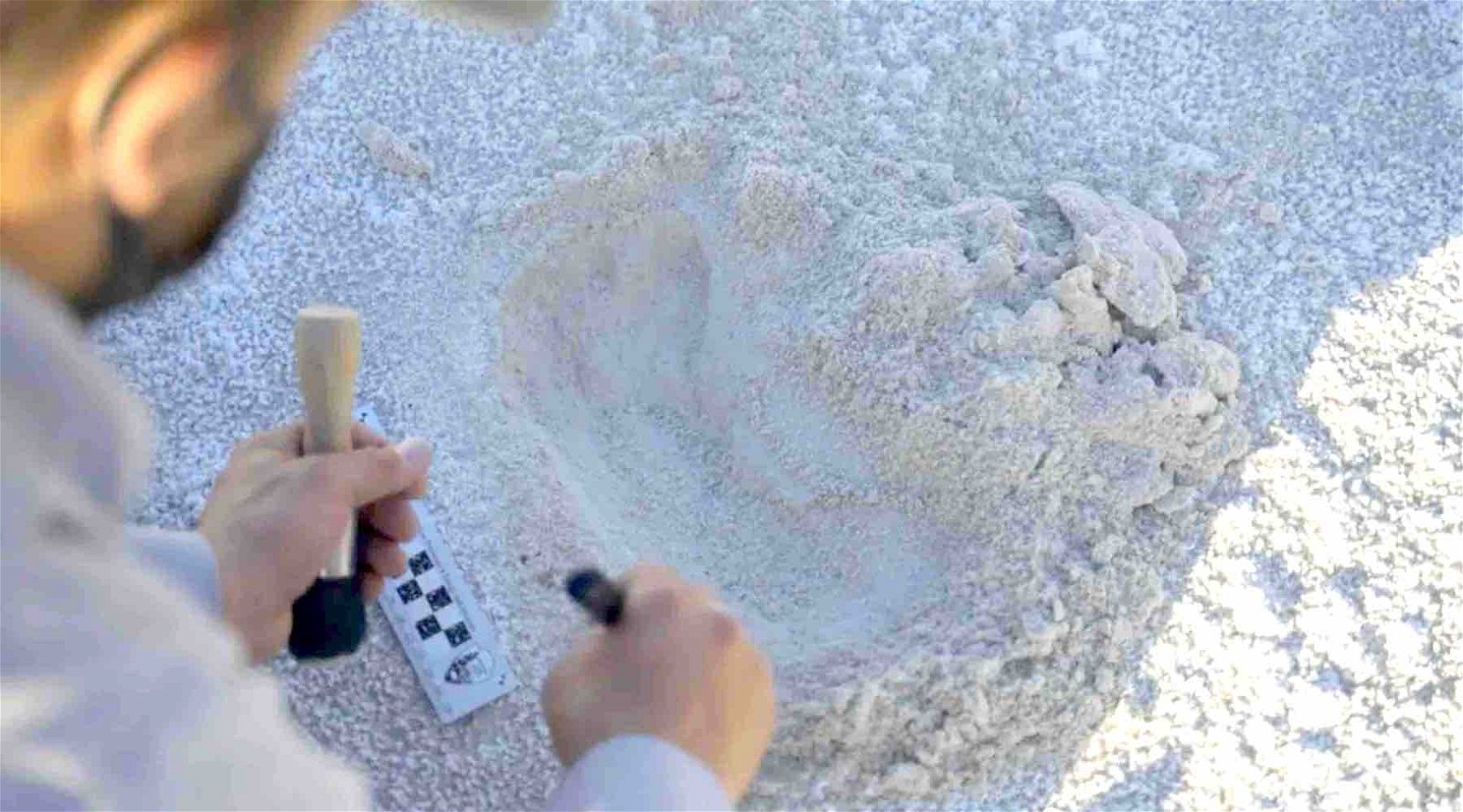

“The pollen in the samples came from plants typically found in cold and wet glacial conditions,” Wahl said in a statement, “in stark contrast with pollen from the modern playa, which reflects the desert vegetation found there today.”
Complimenting the radiocarbon results were additional dates collected using optically stimulated luminescence (OSI), which allows scientists to gauge the last time sunlight struck quartz grains collected from the samples. Similar to the radiocarbon dates, OSI dating revealed quartz samples that had last been exposed to sunlight a minimum of around 21,500 years ago, providing additional corroboration for the findings and all but removing any further possibility that the footprints could have been left any more recently than the original 21,000 to 23,000-year range the 2021 study had been first to determine.
The new research that led to the confirmation of these dates is detailed in the team’s new paper, “Independent age estimates resolve the controversy of ancient human footprints at White Sands,” which appeared in Science on October 5, 2023.
Micah Hanks is the Editor-in-Chief and Co-Founder of The Debrief. He can be reached by email at micah@thedebrief.org. Follow his work at micahhanks.com and on Twitter: @MicahHanks.
